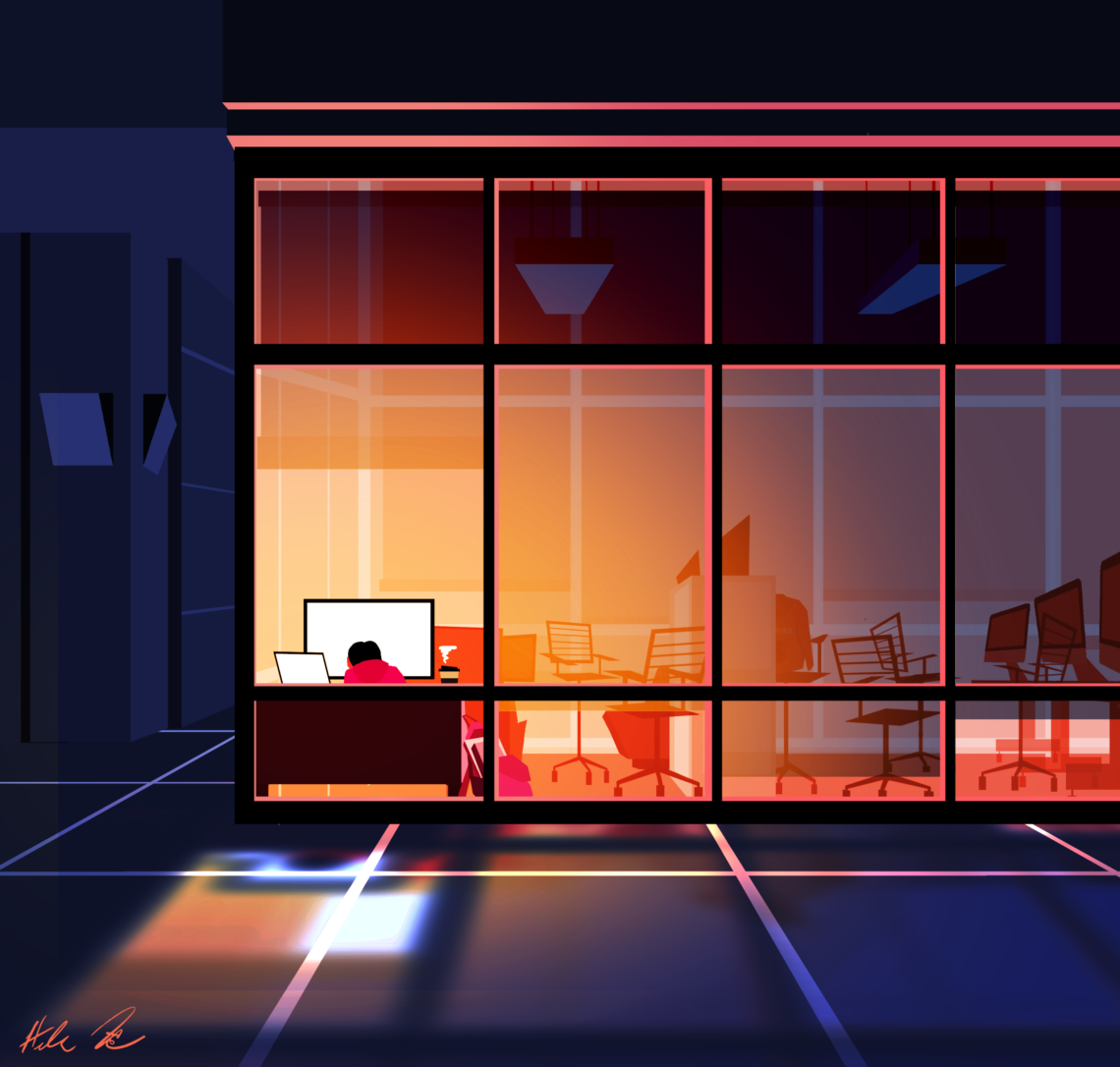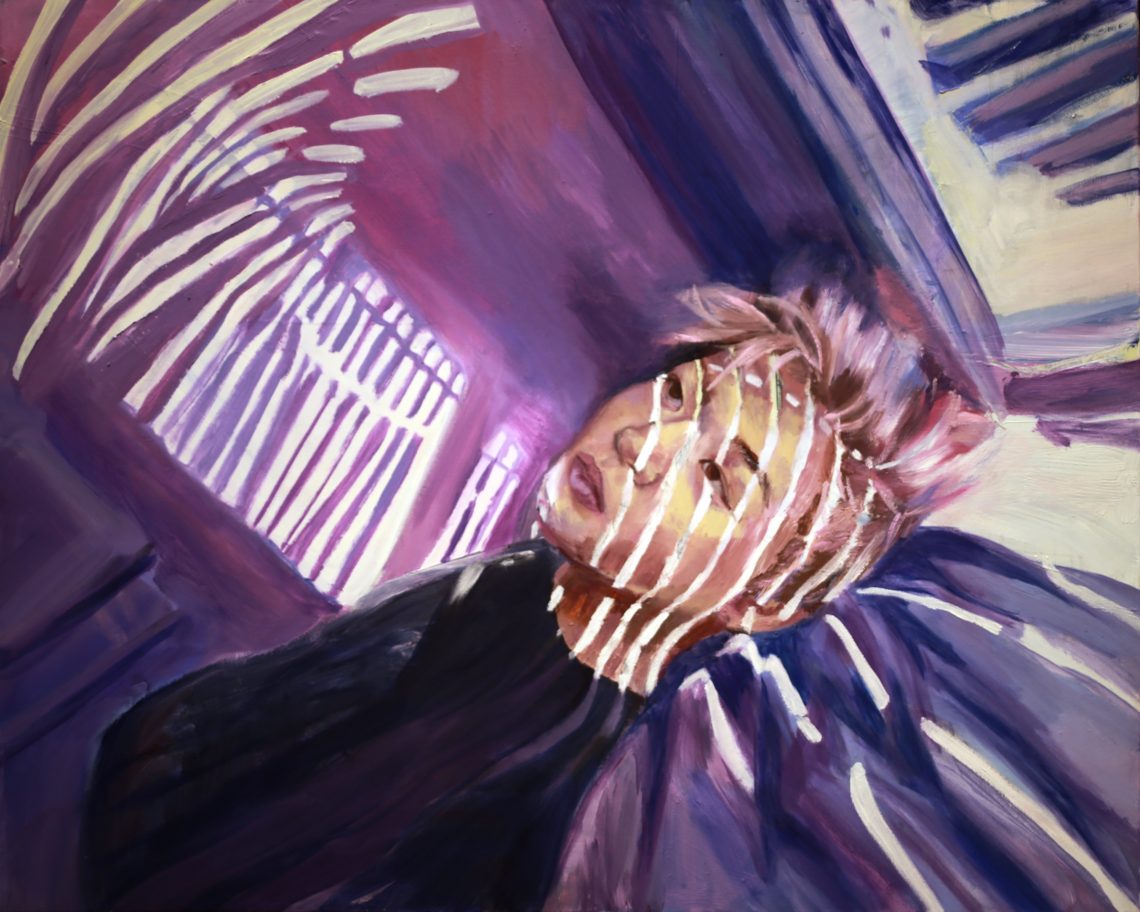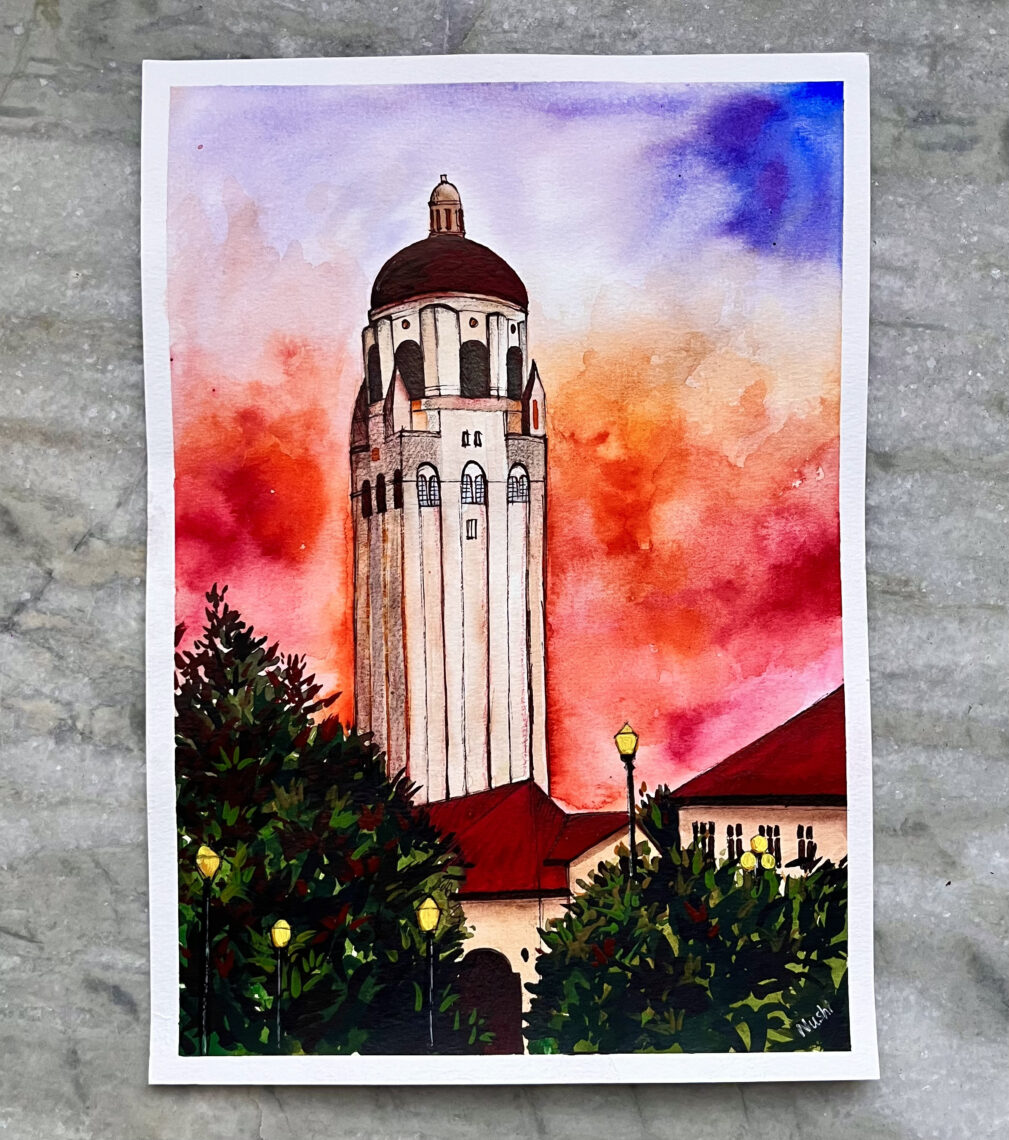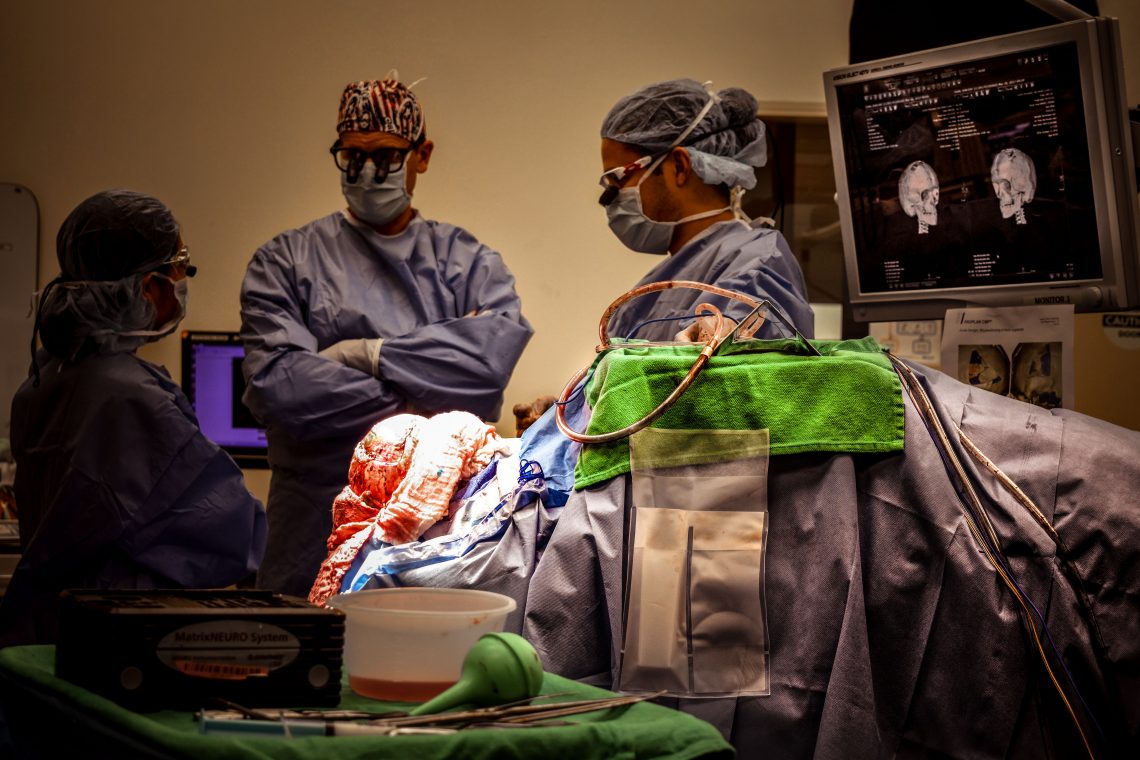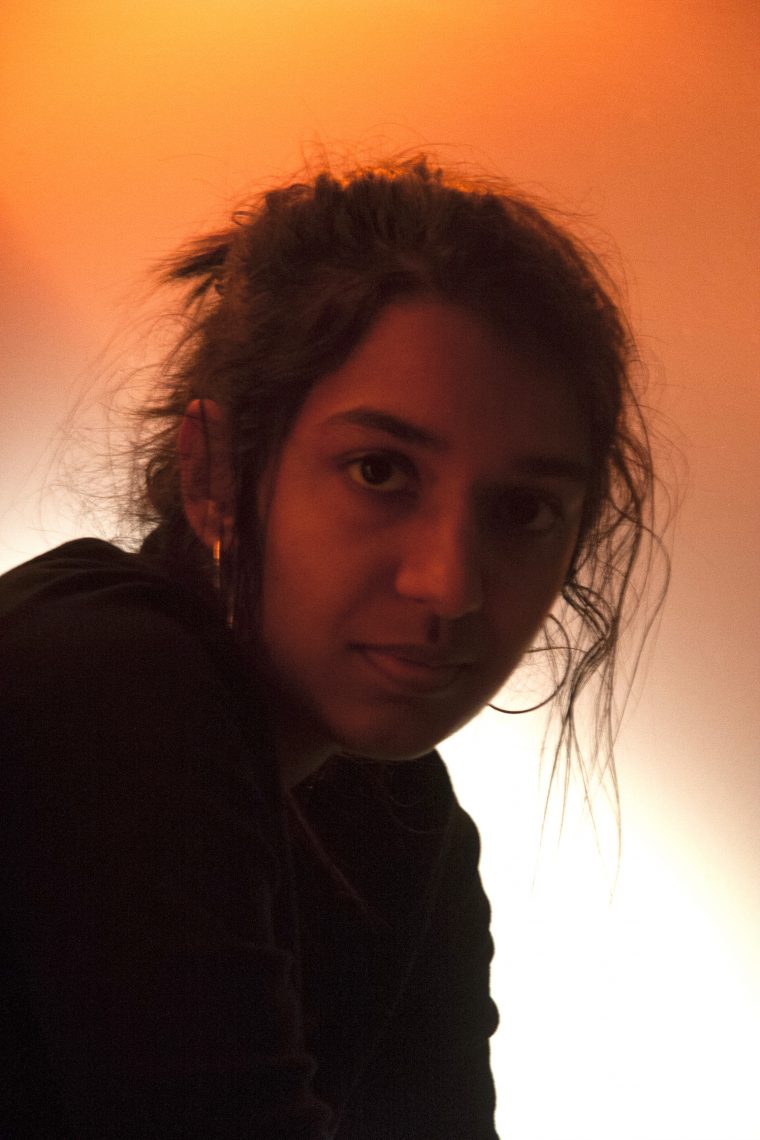Students and professionals join forces in the recording studio at Stanford’s Bing Concert Hall
Engineers and musicians balance the needs of a recording audience and a live audience.
This fall, anybody and everybody will have the opportunity to enjoy the St. Lawrence String Quartet and the Stanford Chamber Chorale‘s commercial release of Lord Nelson Mass (Nelsonmesse)by Joseph Haydn, recorded in Stanford’s Bing Concert Hall.
The recording presents the best performances possible; both live in concert and in recording sessions. The SLSQ’s recording of Haydn’s Symphony No. 102 in the Salomon arrangement for string quartet, flute and fortepiano will comprise the other half of the release.
“Bing Concert Hall with its backdrop of breathtakingly exquisite silence makes for an ideal recording space,” said SLSQ member Lesley Robertson. “Combined with Bing’s acoustical properties, rich technological trappings and, not inconsequentially, sheer beauty, recording in the hall is its own rewarding experience, complementary to performing for a live audience.”
The recorded performance in front of a live audience and the studio sessions in the empty hall were demanding and thrilling for the pros, but even more so for the student musicians. Project producer and music professor Stephen Sano notes, “For our students to operate at a fully professional level is a terrific learning experience – and our students have always stepped up to the challenge in stunning fashion.”
Stepping up to the challenge included keeping all extraneous noises out of the recording, which the students achieved by playing barefoot or in socks during the sessions.
Harking back to his own student experience, Sano recalls that when he was a graduate student at Stanford in 1989 he was an accompanist for the Symphonic Chorus and Nelsonmesse was the first piece he accompanied. “In a way, it was one of the points of ‘musical baptism’ at Stanford for me,” said Sano. It is his favorite of the six late, great Haydn Masses, and he praises the work for the terrific writing for all parts: choir, strings, soloists. “The soprano solo part is the most virtuosic of all the late Haydn Masses, and our soloist is Christine Brandes, respected as one of the world’s great sopranos in this repertoire,” said Sano.
If baptism recollections and superlative writing weren’t enough to entice Sano to launch a Haydn recording project in Bing, timing tipped the scale. Sano recognized that a Stanford recording would be a great component to the “Haydn – Patronage & Enlightenment” project being undertaken this academic year by a variety of constituencies across campus.
Additionally, this was a chance for students to record with members of the SLSQ, which Sano says are some of the most renowned Haydn performers in the world. You almost don’t need any other reason than that.
Balancing act
A commercial recording involves a mix of live performance and “tweaking” sessions. The performers and engineers attempt to recreate in the empty hall every aspect of the live performance so it matches perfectly with the live takes.
Nick Malgieri, audio engineer for Stanford Live in Bing Concert Hall, explains how he prepares for a recording session. “Speaking with the producers and performers is the most important step. This is when we establish a preferred workflow and objectives that can accommodate the artistic process as well as the technical requirements. At Bing we have a standard set of techniques that provide a foundation to begin the recording process. During rehearsals we calibrate and evaluate the equipment while comparing the recording results to the artistic goals of the project. A degree of additional trial and error is always required for a professional product.”
With just a few professional recordings thus far at Bing, Malgieri has determined that the main challenge is finding a balance between the needs of the recording audience – the patrons who listen to the recordings at a later date – and the needs of the live audience. He says, “In a recording studio you are allowed absolute and full freedom to use any technique to obtain the best result. However, during a live concert, you must also respect the aesthetic needs of the patrons as well as staging needs of the performers.”
Bing Concert Hall has an inventory of purpose-built equipment that is designed to maximize audio effectiveness while minimizing impact to the concert.
“Recording is generally a complex negotiation that involves many stakeholders. A good live-sound recordist has the diplomacy skills to help find an acceptable compromise,” said Malgieri.
Geoff Nuttall, another SLSQ member, credits Sano with being a calm and enthusiastic presence during the recording process. “He is an exceptional leader and it is obvious he loves the work. He maintains the perfect combination of energy and enthusiasm plus calm focus.” Nuttall adds, “This was a perfect opportunity for students and faculty to come together, all working together as artists on the same level without delineation.”
The Haydn release in the fall aligns with the National Academy of Recording Arts and Sciences timeline for submission for consideration for the following year’s Grammy cycle. The SLSQ and Sano know the cycle well. The quartet earned two Grammy nominations for their 2002 release Yiddishbbuk, and Sano’s slack key recording Songs from the Taro Patch and the Chorale’s most recent CD, Illumine, were both on the Grammy preliminary ballot the year they were released.





